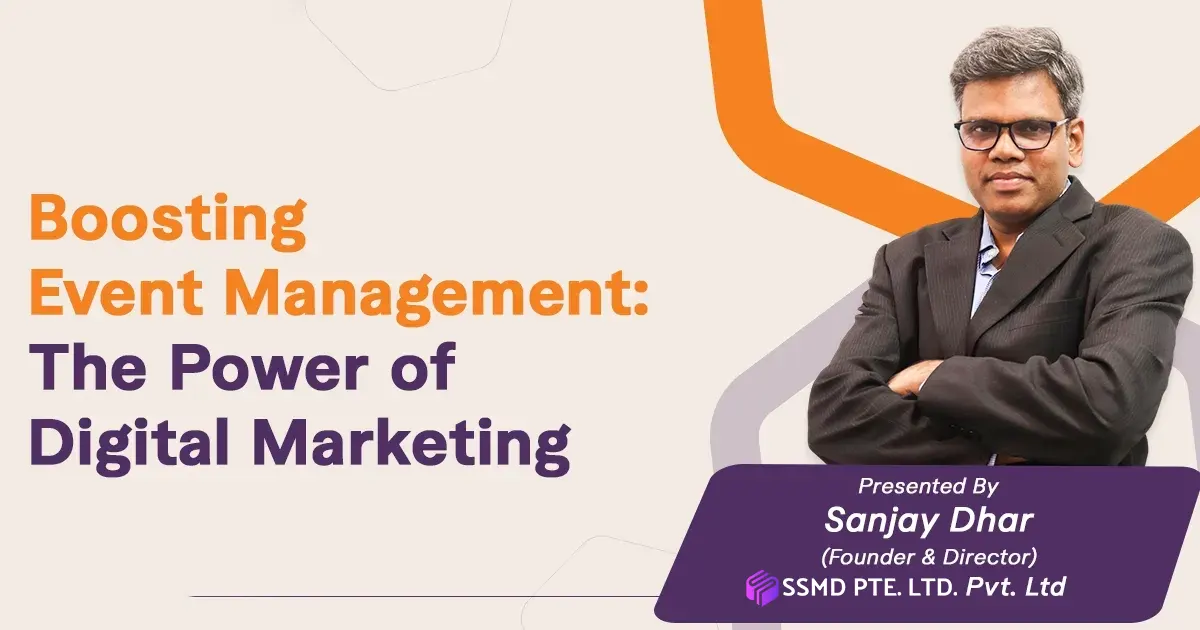Automation of SSMD Marketing
Automation of SSMD Marketing: 7 things to remember
SSMD marketing automation primarily refers to software platforms and technologies designed for effective marketing on multiple channels online (such as email, social media, websites, etc.), and automate repetitive tasks.
The Ultimate Guide To SSMD Marketing Automation
Such tools allow you to automate client communication, by managing complex marketing strategies from a single tool. SSMD marketing automation tools assist in areas like lead generation, segmentation, relationship marketing, client retention, tracking, and lots more.
1. Adaptive campaign integration
Dynamic campaigns can be created that will intrigue buyers and
independently adapt the experience based on a buyer’s real-time
activities at every stage of the customer’s online journey
through the website.
Create campaigns that adapt to customer requirements.
- Deploy campaigns faster.
- Simplify management of campaigns.
- Optimize send time, depending on when is the reader most likely to open.
2. Segmentation and targeting with precision
Behavioral data from multiple sources can be utilized to build, filter, and segment audiences, so you can precisely target individuals based on specific behaviour and assets, attributes, interests, and geography.
- Scalable segmentation based on whom to target and why.
- Data-driven targeting with the help of CRMs, web visits, internal systems, and third-party platforms.
- Dynamic upgradation lists based on profile, account, and activity data.
- Automation of retargeting activities, so you can move contacts into a more appropriate experience.
3. Lead generation and management
Leads are updated in real-time, over multiple campaigns and business lines. While sales readiness is improved with quality leads, they can be delivered to make sales in minutes.

AI utilization
AI can be easily leveraged to scale efficiencies in selecting the right target audiences, engaging them intelligently with relevant emails at the right time, and delivering the best possible customer experiences.
- Contact/email fatigue data can be activated, to be used in automated processes to better target and manage your email campaigns.
- Key account targeting can be wisely improved by identifying your most engaged accounts to filter organic audience targeting and content personalization.
- E-mail engagement can be easily optimized, by improving email open rates, and predicting their performance with a particular subject line.
4. Asset creation and management
Convincing emails, landing pages, and forms that keep your customers engaged can be easily designed and created, to enable interaction with your brand, and efficient management of content assets across teams and campaigns.
- Powerful design editors can be used that do not require HTML codes.
- Reusable content blocks can be saved, re-assembled, and edited to meet the unique needs of multiple internal teams or campaigns, thus saving valuable time and resources.
- Dynamic content can be created for emails or landing pages that adapt and personalizes the messaging based on customer preferences or other requirements.
- Previous email open data can be stored and utilized, to optimize subject lines for better open rates.
- Progressive forms can improve conversion rates by eliminating the need to ask for more information.
5. Sales and marketing alignment
Marketing and sales can go hand-in-hand with unified buyer and account intelligence, in which you can identify, prioritize, and track high-value opportunities and top-tier accounts across the sales cycles.
- Your sales team may also be able to directly engage prospects in brand-approved email communications.
- Marketing activities, accounts, and profile data can be shared with the sales team in real-time. Scores and profiles can be used to identify sales-readiness over Microsoft Outlook Add-in, Google Chrome pop-up browser, or even on your mobile app.
6. Accomplishment tracker
You can keep an accurate track and measure your business impact, with the help of detailed marketing reports and dashboards. Well, the establishment takes time and a lot of hard work. So why not keep track of your achievements to celebrate anniversaries later on?
7. Marketing and operations monitoring
You can easily monitor your overall system’s health and functioning- all in one place. Also, you can view all activity and usage metrics including email sends, form submissions, page views, and more, from remote locations too.
- All campaign activity and their performances can be tracked and monitored while comparing outbound/inbound activity and response rates as well.
- A comprehensive overview of the performance of emails sent within specific time frames can be accessed, to view metrics including email opens, click-throughs, form submissions, and more.
- Aggregate engagement of accounts can be visualized, to identify those that are highly engaged. Custom account analytics may be developed, to better understand the performance of your account-based marketing campaigns.
- You can also track how sales opportunity revenue is attributed to your marketing campaigns so that you can analyse your overall ROI, and identify the best and worst-performing campaigns.
Now, stand out in the global market and competition- discover your hidden potential and reach out far across borders in the wheels of the digital revolution. Discuss your brand’s insights with our digital marketing consultancy, and you’ll feel your brand soaring high in the market- like, literally! You’ll be on top of your target audience’s preference lists, and stand out from the rest of your competition- that’s a guarantee.
SSMD Pte Ltd,, June 4, 2021















